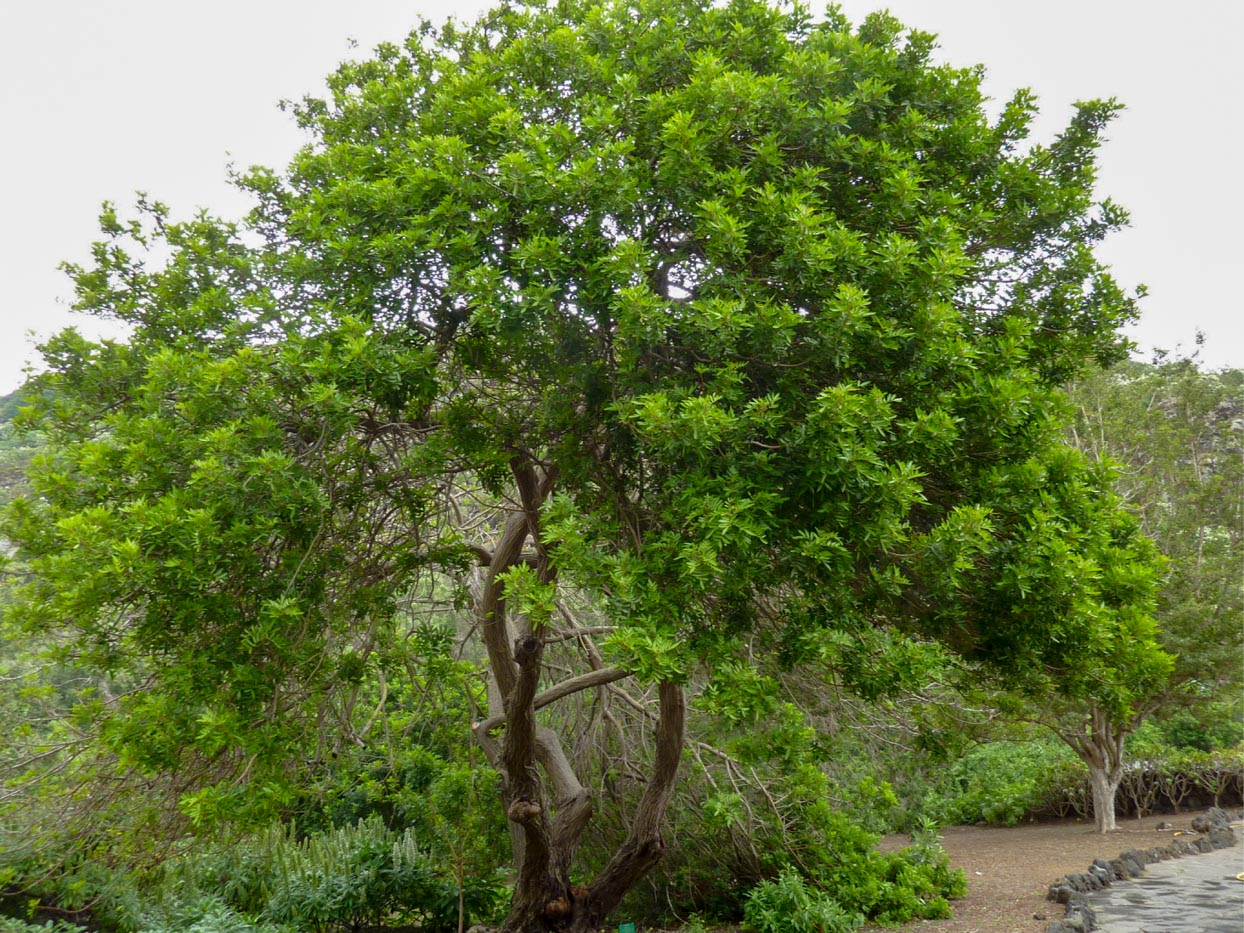Brazilian peppertree is a sprawling shrub or small tree, with a shallow root system, reaching a height of 7–10 m. The branches can be upright, reclining, or nearly vine-like, all on the same plant. Its plastic morphology allows it to thrive in all kinds of ecosystems: from dunes to swamps, where it grows as a semi-aquatic plant.
The leaves are alternate, 10–22 cm long, pinnately compound with (3–) 5–15 leaflets; the leaflets are roughly oval (lanceolate to elliptical), 3–6 cm long and 2–3.5 cm broad, and have finely toothed margins, an acute to a rounded apex and yellowish veins. The leaf rachis between the leaflets is usually (but not invariably) slightly winged.
The plant is dioecious, with small white flowers borne profusely in axillary clusters. The fruit is a drupe 4–5 mm diameter, carried in dense clusters of hundreds.
The two varieties are:
- terebinthifolia var. acutifolia, leaves to 22 cm, with 7–15 leaflets, fruit pink
- terebinthifolia var. terebinthifolia, leaves to 17 cm, with 5–13 leaflets, fruit red.














